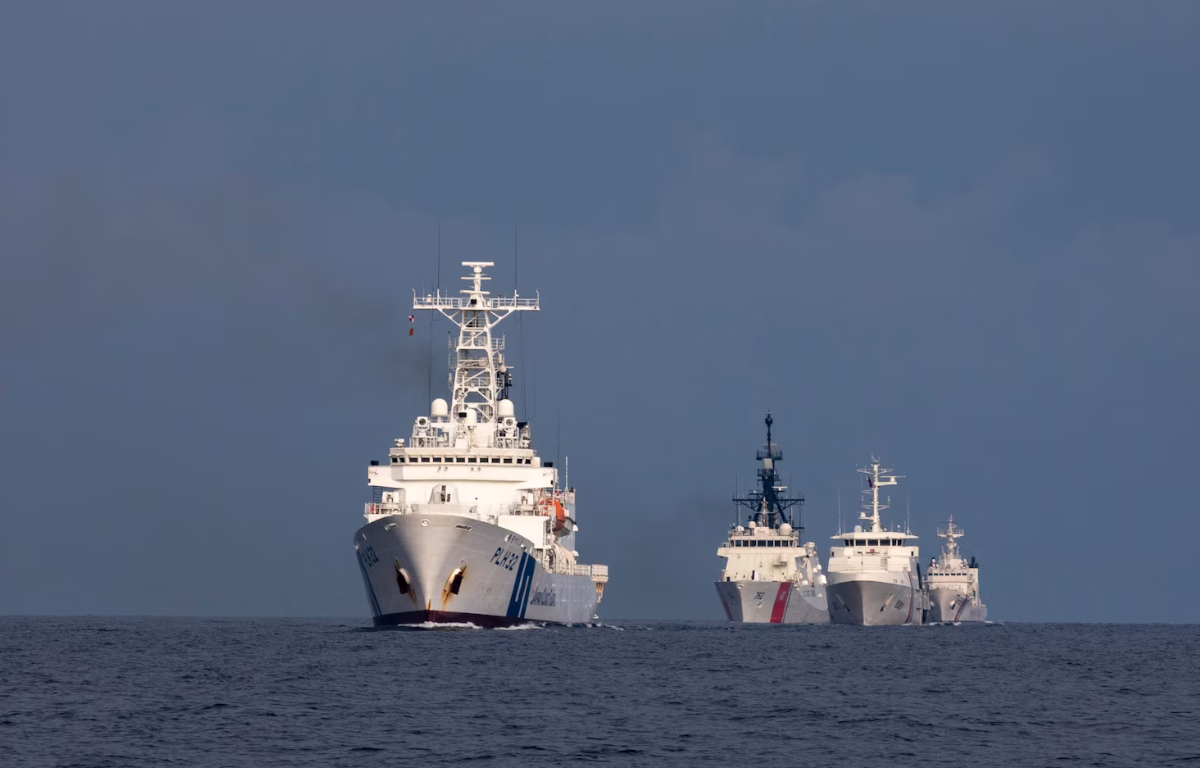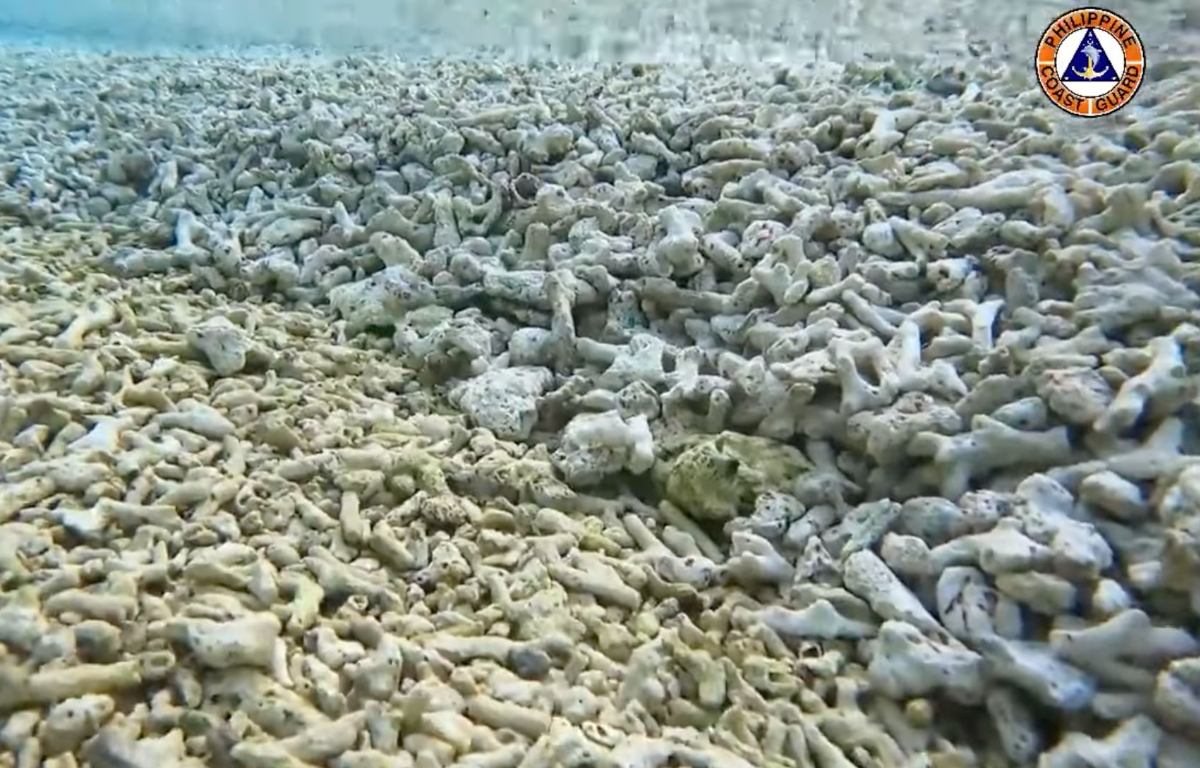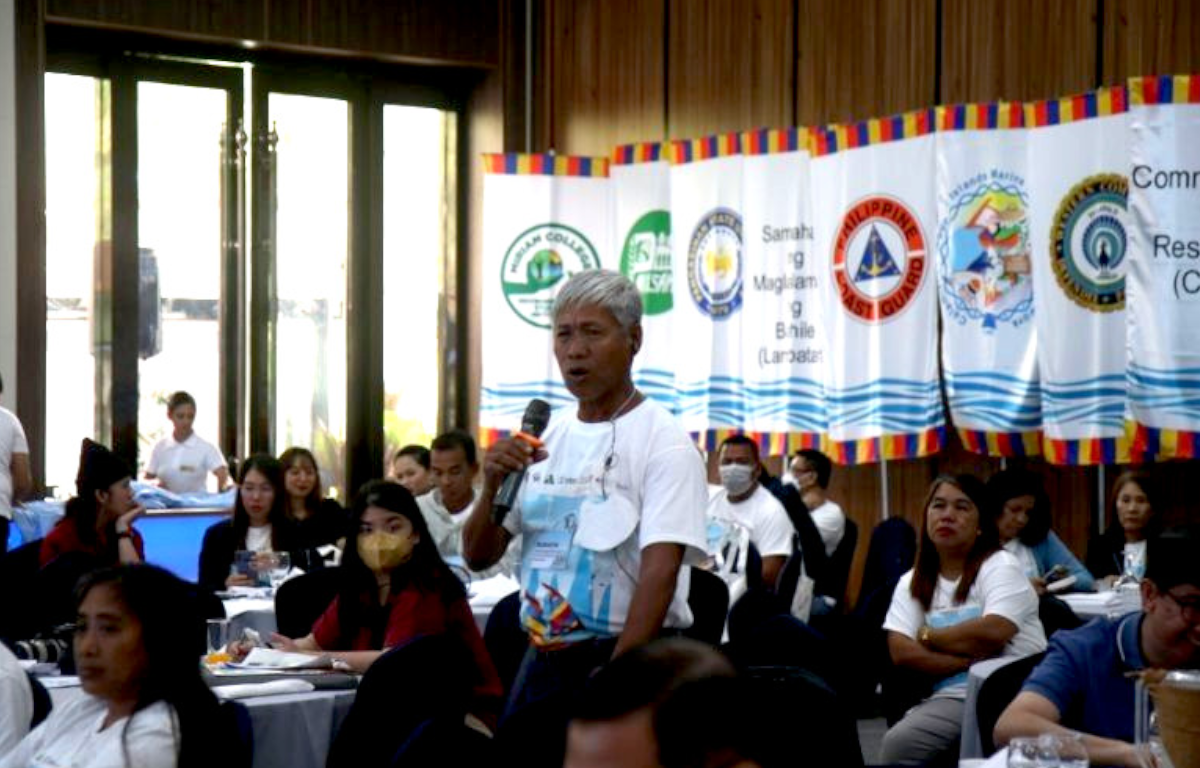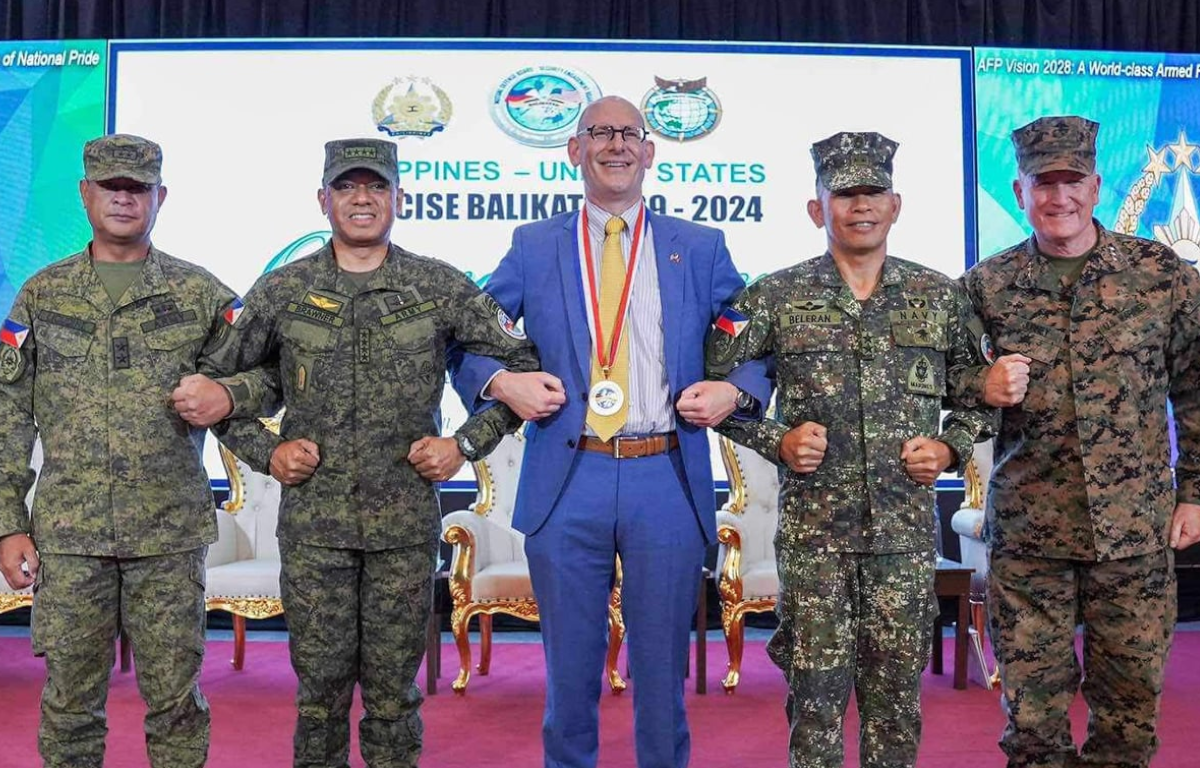
The significance of this joint mission cannot be overstated. The South China Sea is an area of immense strategic importance, known for its vast resources and contested territories. Multiple nations, including China, Taiwan, Vietnam, the Philippines, Malaysia, and Brunei, lay claims to various islands and waters within the region. China, in particular, has been actively asserting its dominance by constructing artificial islands and fortifying them with military infrastructure.
Japan, with its role as a regional ally and advocate for a rules-based international order, played a pivotal role in organizing this mission. Their participation underscores the importance of peace and stability in the Indo-Pacific. The United States, boasting a significant naval presence in the area, reaffirmed its commitment to international law and the support of regional allies and partners.
For the Philippines, a claimant state in the South China Sea disputes, this mission highlighted its dedication to peaceful resolutions and adherence to international conventions like the United Nations Convention on the Law of the Sea (UNCLOS). Australia, a strong advocate for a free and open Indo-Pacific, reinforced its commitment to regional security and the rules-based international order.
The joint flyover mission is a symbol of unity and adherence to international norms. It sends a clear message to the world: a commitment to international law as the framework for resolving South China Sea disputes, a dedication to the principle of freedom of navigation, and a belief in dialogue and diplomacy over confrontation. Moreover, it highlights the solidarity among allies and partners in the Indo-Pacific region, emphasizing shared interests in maintaining peace and security.
As challenges in the South China Sea persist, the joint mission offers hope for peaceful resolution and continued dialogue among nations with stakes in the region’s future. It stands as a testament to the idea that diplomacy and adherence to international norms are the keys to a secure and prosperous Indo-Pacific. This collaborative effort serves as a beacon of hope in a region where tensions have run high, reminding the world of the importance of cooperation and stability in our interconnected world.










Share this: